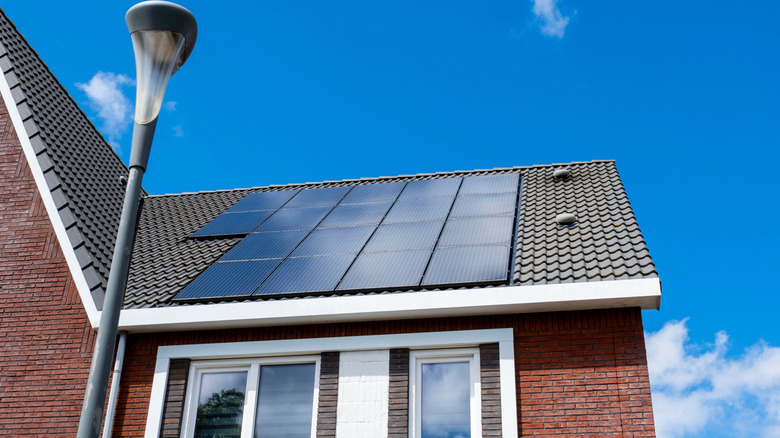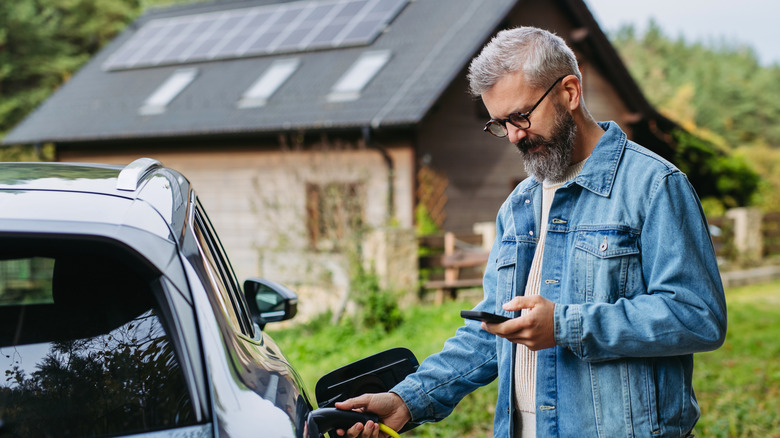What Can You Power With A 400W Solar Panel?
The days are gone when solar panels were just boring slabs sitting on rooftops. Solar panels have changed over the years, and today, they are everywhere, powering streetlights, campsites, homes, offices, and even charging stations in the middle of nowhere. But if we talk about the personal use, and not the massive solar farms that usually steal the spotlight, how good are they, and what would be the best starting point? For doing basic tasks like running multiple appliances in a regular household, people usually wonder if a 400W solar panel would be able to do the job or not.
Answering in simpler terms, under the right conditions, a 400W solar panel can generate around 1.6 to 2.4 kilowatt-hours of electricity in a single day. Although it might not sound like much, that's enough to charge your phone over a hundred times or run a handful of small household items without tapping into the grid. Overall, if you are planning to pick up a new solar panel, then a 400-watt panel is a solid place to start.
What all you can run with 400W solar panel?
For day-to-day basics, a 400W solar panel covers a surprising amount. It can easily power small electronics like a television, laptop, a few LED lights, a Wi-Fi router, or even a small fan, all at once. If you have a MacBook Air, you could charge it nearly 30 times from a single sunny day's output without any problem. Even a mini fridge can be kept running for about 10 to 12 hours if you have proper battery storage set up alongside your panel.
In terms of lighting, the output is genuinely impressive, as you can run a 15W LED bulb for more than 100 hours using one full day's charge. If you want to keep things off-grid, a 400W panel paired with a compatible power station or battery makes it easy to power your setup in an RV, tent, or tiny home. But just remember that cloudy days and excessive heat can lower your actual output. That's why relying solely on a single panel might not always be the right choice, and having a backup can save you from unexpected power gaps.
Where does your solar panel start to hit its limits?
Surely 400W sounds like a lot, but only when you are powering up small electronics. On the flip side, if you try to power anything heavy-duty, like washing machines, dishwashers, or even a 1HP air conditioner — all that might be a bit too much for a single panel to handle on its own. You would need to install several 400W panels wired together, along with solid inverters and storage, to make that work. As a rough example, powering the average American home fully year-round would take at least 19 of these panels.
Also, not all power stations can handle the input from a 400W panel. If yours is on the smaller side, it may be overloaded or simply incompatible. It's always good to make sure the system you're pairing it with can safely handle the amps and voltage, ideally using a pure sine wave inverter and MPPT charge controller to get the most efficient output. Going DC whenever possible helps, too, since there's less energy lost during conversion. Remember that in some cases, a solar panel could catch fire too, especially if the wiring or input handling isn't up to the mark. That's why it is always suggested to use durable and quality cables during installation.


